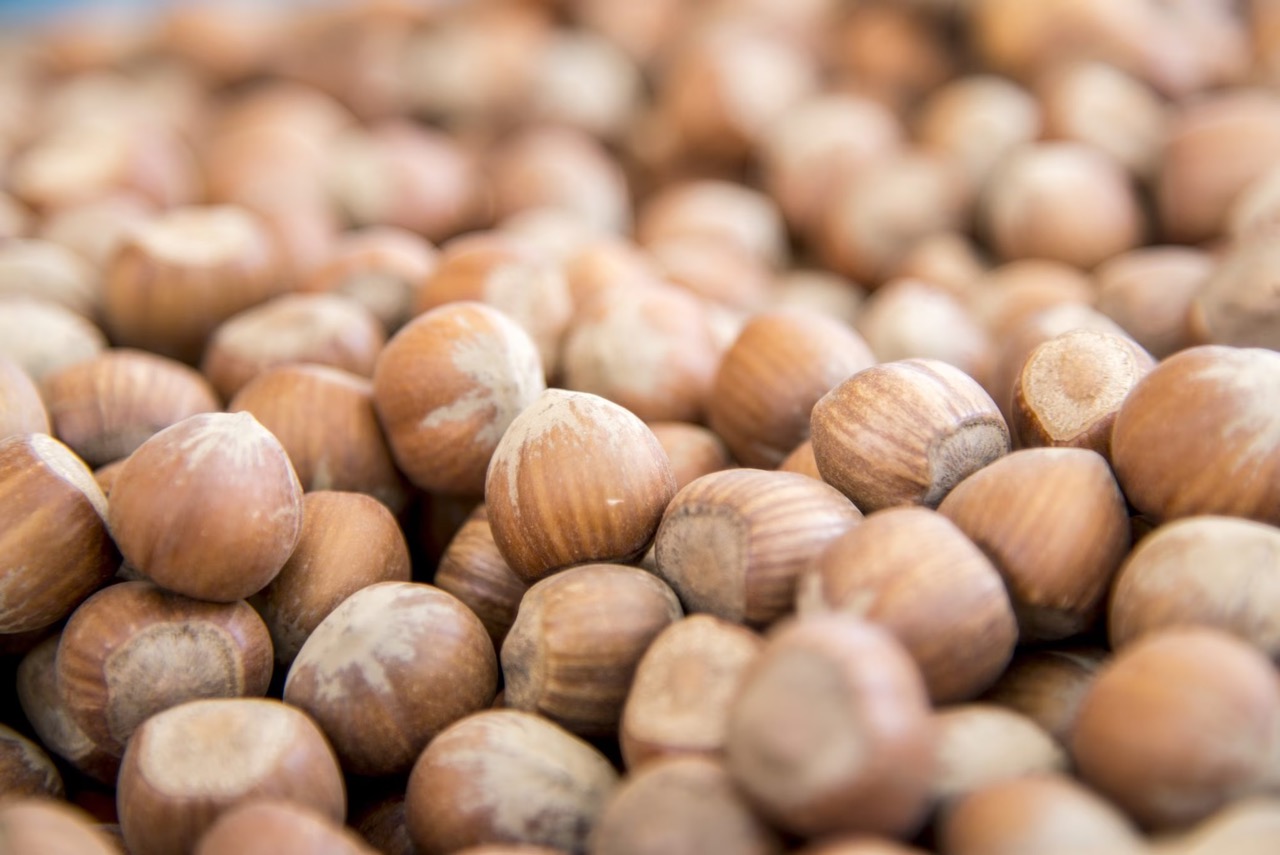

Articles
How To Store Hazelnuts
Modified: December 7, 2023
Learn the best methods for storing hazelnuts to maintain their freshness and flavor. Read our helpful articles on how to store hazelnuts and keep them at their best for longer.
(Many of the links in this article redirect to a specific reviewed product. Your purchase of these products through affiliate links helps to generate commission for Storables.com, at no extra cost. Learn more)
Introduction
Welcome to our guide on how to store hazelnuts! Hazelnuts are versatile nuts that can be enjoyed on their own, used in baking, or added to various dishes for a delightful crunch. To fully enjoy their rich flavor and maintain their quality, it is important to store hazelnuts properly.
When it comes to storing hazelnuts, there are a few key factors to consider: freshness, shell removal, storage containers, freezing, and monitoring. By following the steps outlined in this article, you can ensure that your hazelnuts stay fresh, flavorful, and ready to use for an extended period of time.
Let’s dive into the details of each step to help you store your hazelnuts effectively.
Key Takeaways:
- Select fresh, plump hazelnuts with intact shells for extended storage. Clean, dry, and store them in breathable containers to preserve their flavor and quality. Consider freezing or vacuum sealing for longer shelf life.
- Regularly monitor stored hazelnuts for signs of spoilage, mold, or rancidity. Use your senses to ensure freshness, and follow tips to maintain nut flavor and quality. Enjoy the delightful crunch and rich flavor in your culinary creations.
Read more: How To Store Basil From Store
Selecting Fresh Hazelnuts
Choosing fresh hazelnuts is the first crucial step in storing them. When purchasing hazelnuts, whether from a local store or online, keep the following tips in mind:
- Look for hazelnuts that are plump, firm, and without any cracks or holes in their shells. Avoid hazelnuts with mold or a rancid smell.
- If possible, buy hazelnuts with the shells intact. This helps to protect the nut from oxygen and moisture, preserving its freshness for a longer time.
- Consider buying hazelnuts directly from local growers or reputable suppliers to ensure their freshness and quality.
When buying hazelnuts in bulk, it’s a good practice to check for the packing date or expiration date to make sure they are still fresh. If the hazelnuts are pre-packaged, examine the packaging for any signs of damage or air leaks.
Remember that the fresher the hazelnuts are when you purchase them, the longer they will last when stored properly. So, take your time when selecting hazelnuts to ensure you get the best quality nuts for storage.
Cleaning and Drying Hazelnuts
Before storing hazelnuts, it is important to clean them properly to remove any dirt, debris, or residual husks that may be clinging to the nuts. Follow these steps to clean and dry your hazelnuts:
- Start by sorting through the hazelnuts and discarding any damaged or spoiled nuts.
- Rinse the hazelnuts under cool running water to remove any loose dirt or debris.
- Gently rub the hazelnuts with your hands to remove any stubborn dirt or residual husks.
- Once cleaned, spread the hazelnuts in a single layer on a clean towel or paper towel.
- Allow the hazelnuts to air dry completely. This may take a few hours, depending on the humidity in your environment.
Ensure that the hazelnuts are completely dry before proceeding to the next step. Moisture can lead to the growth of mold and spoilage, so it is crucial to dry them thoroughly.
Remember, if you decided to purchase shelled hazelnuts, skip the cleaning and drying steps since they should already be clean and dry. However, it is still a good practice to inspect them and discard any discolored or rancid nuts.
Now that your hazelnuts are cleaned and dried, it’s time to move on to the next step – shell removal methods.
Shell Removal Methods
Removing the shells from hazelnuts is necessary to access the nut inside. There are a few different methods you can use to remove the shells, depending on your preference and the tools available. Here are some common shell removal methods:
- Cracking with a Nutcracker: This is a traditional method where you place the hazelnut in a nutcracker and gently apply pressure until the shell cracks open. Be careful not to crush the nut inside while cracking the shell.
- Baking Method: Preheat your oven to 350°F (175°C). Spread the hazelnuts in a single layer on a baking sheet and bake for about 10-15 minutes. The heat will help loosen the shells, making them easier to remove once the nuts have cooled down.
- Boiling Method: Bring a pot of water to a boil and add the hazelnuts. Boil them for about 3-4 minutes, then drain them and rinse with cold water. Rub the hazelnuts between your hands or with a clean cloth to remove the loosened shells.
Regardless of the method you choose, it’s important to handle hazelnuts with care to prevent injury. Hazelnut shells can be sharp, so wearing gloves or using a towel can offer some protection while cracking or removing the shells.
After removing the shells, inspect the hazelnuts again and discard any nuts that are discolored, shriveled, or have an off smell. These may indicate rancidity or spoilage.
Now that you have shelled hazelnuts ready, let’s move on to the next step of storing them.
Storing Hazelnuts in Their Shells
Storing hazelnuts in their shells is an excellent way to preserve their freshness and flavor. The shells act as a protective barrier, helping to keep out moisture and oxygen. Here’s how you can store hazelnuts in their shells:
- Find a cool, dry, and dark place for storage, such as a pantry or cupboard.
- Place the hazelnuts in a breathable container like a mesh bag, burlap sack, or a perforated container. This allows air to circulate around the nuts, preventing moisture buildup.
- Avoid storing the hazelnuts near strong-smelling foods or spices, as the nuts can absorb odors.
- Keep the hazelnuts away from direct sunlight, as this can cause them to become rancid more quickly.
Hazelnuts stored in their shells can stay fresh for several months to a year if stored properly. However, it is important to periodically check on the nuts for any signs of mold or spoilage.
It’s worth noting that hazelnuts in their shells require more effort to crack open when you’re ready to use them. So, if you plan on using hazelnuts frequently, you may want to consider shelling them in advance for easier access.
Now, let’s explore the next storage method: storing shelled hazelnuts.
Read more: How To Store Store-Bought Bread
Storing Shelled Hazelnuts
If you prefer the convenience of having shelled hazelnuts readily accessible for your culinary endeavors, storing them properly is essential for maintaining their freshness and quality. Follow these steps to store shelled hazelnuts:
- Choose an airtight container, such as a glass jar or a resealable plastic bag, to store the shelled hazelnuts.
- Ensure that the container is clean and dry before placing the hazelnuts inside.
- Fill the container with the shelled hazelnuts, leaving some space at the top to allow for expansion.
- Seal the container tightly to prevent air and moisture from entering.
- Label the container with the date of storage to keep track of the hazelnuts’ freshness.
Similar to storing hazelnuts in their shells, find a cool, dry, and dark place for the container. A pantry or cupboard away from direct sunlight is ideal for maintaining the quality of the hazelnuts.
Shelled hazelnuts can stay fresh for about 3 to 6 months if stored properly. However, it’s important to periodically check for signs of rancidity or mold. If you notice any off-putting odors, flavors, or discoloration, it’s best to discard the hazelnuts.
Now that you know how to store shelled hazelnuts, let’s discuss selecting an appropriate storage container.
Store hazelnuts in an airtight container in the refrigerator or freezer to keep them fresh and prevent them from becoming rancid.
Choosing an Appropriate Storage Container
When it comes to storing hazelnuts, selecting the right container is crucial for preserving their freshness and preventing spoilage. Here are some factors to consider when choosing a storage container for your hazelnuts:
- Airtight: Opt for containers that have airtight seals to prevent air and moisture from entering. This helps to maintain the quality and flavor of the hazelnuts.
- Durable: Look for containers that are durable and can withstand rough handling. Glass jars with tight-fitting lids or high-quality plastic containers with secure seals are excellent options.
- Opaque: Choose containers that are opaque or tinted, as exposure to light can accelerate the degradation of the nuts. Dark glass or opaque plastic containers can help protect against light damage.
- Size: Consider the quantity of hazelnuts you plan to store and choose a container that provides enough space for proper storage. It’s important to leave some headspace in the container to accommodate any expansion or movement.
Additionally, avoid using containers that have been previously used for storing strongly scented foods. Hazelnuts can absorb odors, which may affect their flavor and quality.
If you’re storing hazelnuts in their shells, using a breathable container like a mesh bag or a burlap sack can help maintain airflow around the nuts, reducing the chances of moisture buildup.
Remember to clean the storage container before use. Any residual odors or contaminants may affect the flavor and freshness of the hazelnuts.
Now that you have a suitable storage container, let’s explore freezing as an alternative storage method.
Storing Hazelnuts in the Freezer
Freezing hazelnuts is an excellent method to extend their shelf life and maintain their freshness, especially if you have a larger quantity of nuts that you won’t be able to consume within a few months. Follow these steps to store hazelnuts in the freezer:
- Place the hazelnuts in an airtight freezer-safe container or a heavy-duty freezer bag.
- Make sure to remove as much air as possible from the container or bag before sealing it tightly. This helps to prevent freezer burn and preserve the nuts’ quality.
- Label the container or bag with the date of freezing to keep track of their freshness.
- Ensure that the container or bag is placed in a single layer to allow for even freezing and quicker thawing when needed.
- Store the hazelnuts in the coldest part of your freezer, such as the back or bottom shelf.
Frozen hazelnuts can stay fresh for up to a year when stored properly. However, it’s essential to thaw only the amount you need and return the remaining hazelnuts to the freezer immediately to maintain their quality.
To thaw frozen hazelnuts, transfer the desired quantity to a container or bag and place it in the refrigerator overnight or for a few hours. This gradual thawing process helps to preserve their flavor and texture.
Note: Freezing may cause hazelnuts to become slightly softer in texture, but the flavor and overall quality should remain intact.
Now, let’s explore an additional method to further extend the shelf life of stored hazelnuts – vacuum sealing.
Extending Shelf Life with Vacuum Sealing
Vacuum sealing is a fantastic method for extending the shelf life of hazelnuts and preserving their freshness for an extended period of time. By removing the air from the packaging, you can minimize the exposure to oxygen, which can cause hazelnuts to become rancid. Follow these steps to vacuum seal your hazelnuts:
- Place the hazelnuts in a vacuum-sealable bag or use a vacuum-sealing machine specifically designed for food storage.
- Ensure that the hazelnuts are arranged in a single layer within the bag, allowing for even sealing.
- Close the bag, leaving a small opening for the vacuum-sealing process.
- Follow the manufacturer’s instructions for your vacuum-sealing machine to properly seal the bag and remove the air.
- Once sealed, check for any leaks or loose seals to ensure the bag is airtight.
- Label the bag with the date of vacuum sealing for reference.
By vacuum sealing the hazelnuts, you can significantly prolong their shelf life and maintain their flavor and quality for an extended period. Properly vacuum-sealed hazelnuts can last up to 2 years when stored in a cool, dark place such as a pantry or cupboard.
When you’re ready to use the hazelnuts, simply open the vacuum-sealed bag, take out the desired quantity, and reseal the remaining nuts using a heat sealer or by reapplying the vacuum seal if the bag allows for it.
Vacuum sealing is an excellent option for those who want to store hazelnuts in larger quantities or for a more extended period. It also helps prevent freezer burn when storing hazelnuts in the freezer.
Now that you know how to vacuum seal hazelnuts, let’s move on to the importance of monitoring and checking the stored hazelnuts.
Read more: How To Store Basil From Grocery Store
Monitoring and Checking Stored Hazelnuts
Properly monitoring and checking your stored hazelnuts is crucial to ensure their quality and freshness. Regular inspections help you identify any signs of spoilage, mold, or rancidity. Here are some important points to keep in mind:
- Periodically check the stored hazelnuts for any changes in color, odor, or texture. Discard any nuts that have a dull appearance, off smell, or rancid taste.
- Inspect the storage container or bag for any signs of moisture, mold growth, or insect infestation. If you notice any of these, it’s best to discard the hazelnuts and thoroughly clean the container before storing new ones.
- In humid climates, moisture can be a concern. Ensure that the storage area remains dry and consider using moisture-absorbing packets to prevent excess humidity.
- Rotate your stock of hazelnuts to ensure you are using the oldest ones first, as prolonged storage can affect their quality over time.
Remember that hazelnuts, like any nuts, contain natural oils that can turn rancid over time. It’s always a good practice to store hazelnuts in smaller batches, so you can use them within a reasonable timeframe and avoid the risk of spoilage.
By regularly monitoring and checking your stored hazelnuts, you can ensure that they remain fresh and of the highest quality for an extended period.
Now that you’re equipped with the knowledge of monitoring stored hazelnuts, let’s explore some additional tips for maintaining their flavor and quality.
Tips for Maintaining Nut Flavor and Quality
To ensure that your hazelnuts maintain their flavor and quality over time, consider implementing these tips:
- Store hazelnuts away from strong-smelling foods and spices to prevent flavor transfer. Hazelnuts can easily absorb odors, which can alter their taste.
- Avoid exposing hazelnuts to direct sunlight or high temperatures, as this can accelerate the degradation of their natural oils and lead to rancidity.
- Consider roasting hazelnuts before storing them to enhance their flavor and extend their shelf life. Roasting can help remove excess moisture and increase the nuts’ overall stability.
- Keep an extra batch of hazelnuts in their shells to shell as needed. Shelled nuts tend to have a shorter shelf life compared to those still in their shells.
- Avoid storing hazelnuts near sources of heat, such as ovens, stovetops, or appliances that generate heat. Excessive heat can cause the nuts to spoil quickly.
- If possible, purchase hazelnuts in smaller quantities to ensure freshness. This is especially important if you don’t plan on using them frequently.
- Consider storing a portion of your hazelnuts in the refrigerator if you live in a warm and humid environment. The cooler temperature can help slow down the natural degradation process.
Remember to use your senses when determining the freshness and quality of hazelnuts. They should have a pleasant aroma, a crisp texture, and a rich flavor. If you notice any off-putting smells, flavors, or changes in appearance, it’s best to discard them.
By implementing these tips, you can prolong the shelf life and maintain the flavor and quality of your stored hazelnuts, ensuring that they are ready for culinary enjoyment whenever you need them.
Now, armed with these tips, you’re well-prepared to store hazelnuts effectively and savor their delightful flavor for extended periods.
Conclusion
Congratulations! Now you have all the knowledge and tips to effectively store hazelnuts and maintain their freshness and quality. By following the steps outlined in this guide, you can enjoy the delightful flavor and crunch of hazelnuts for months to come.
Remember to select fresh hazelnuts and clean and dry them thoroughly before proceeding with storage. Whether you choose to store hazelnuts in their shells or shell them beforehand, ensure that you have appropriate storage containers that are airtight, durable, and keep out light and moisture.
If you have a large quantity of hazelnuts or want to extend their shelf life further, freezing and vacuum sealing are excellent options. Freezing hazelnuts allows you to enjoy them for up to a year, while vacuum sealing can significantly extend their freshness and quality for up to 2 years.
Monitoring and regularly checking your stored hazelnuts is key to ensuring their quality. Discard any nuts that show signs of mold, spoilage, or rancidity, and keep the storage area clean and free from excessive moisture.
Finally, follow the tips for maintaining nut flavor and quality, such as storing hazelnuts away from strong odors, avoiding exposure to heat, and considering roasting them before storage.
Now that you’re equipped with this comprehensive guide, enjoy your stock of delicious hazelnuts in various culinary creations, from baked goods and desserts to savory dishes and nut butter. With proper storage, your hazelnuts will always be ready to add that delightful crunch and nutty flavor to your favorite recipes.
So, store those hazelnuts with care, and enjoy the taste of freshness with every bite!
Frequently Asked Questions about How To Store Hazelnuts
Was this page helpful?
At Storables.com, we guarantee accurate and reliable information. Our content, validated by Expert Board Contributors, is crafted following stringent Editorial Policies. We're committed to providing you with well-researched, expert-backed insights for all your informational needs.
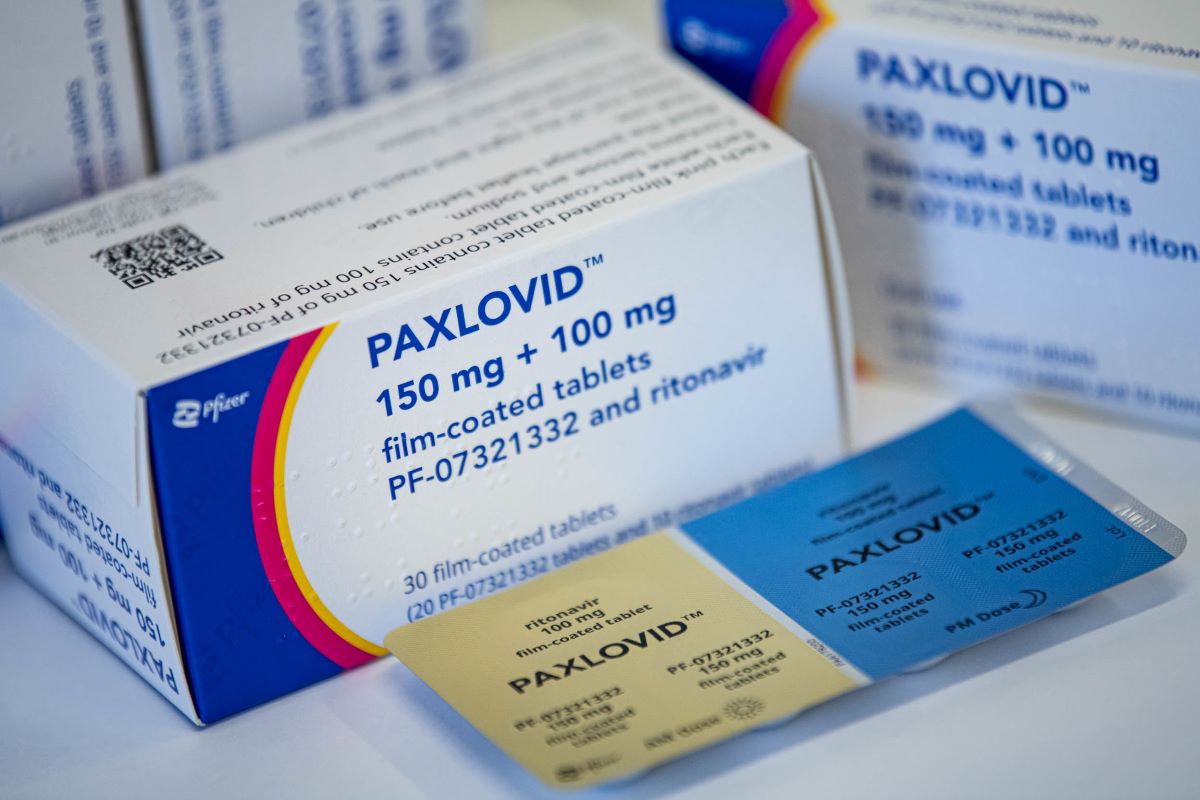
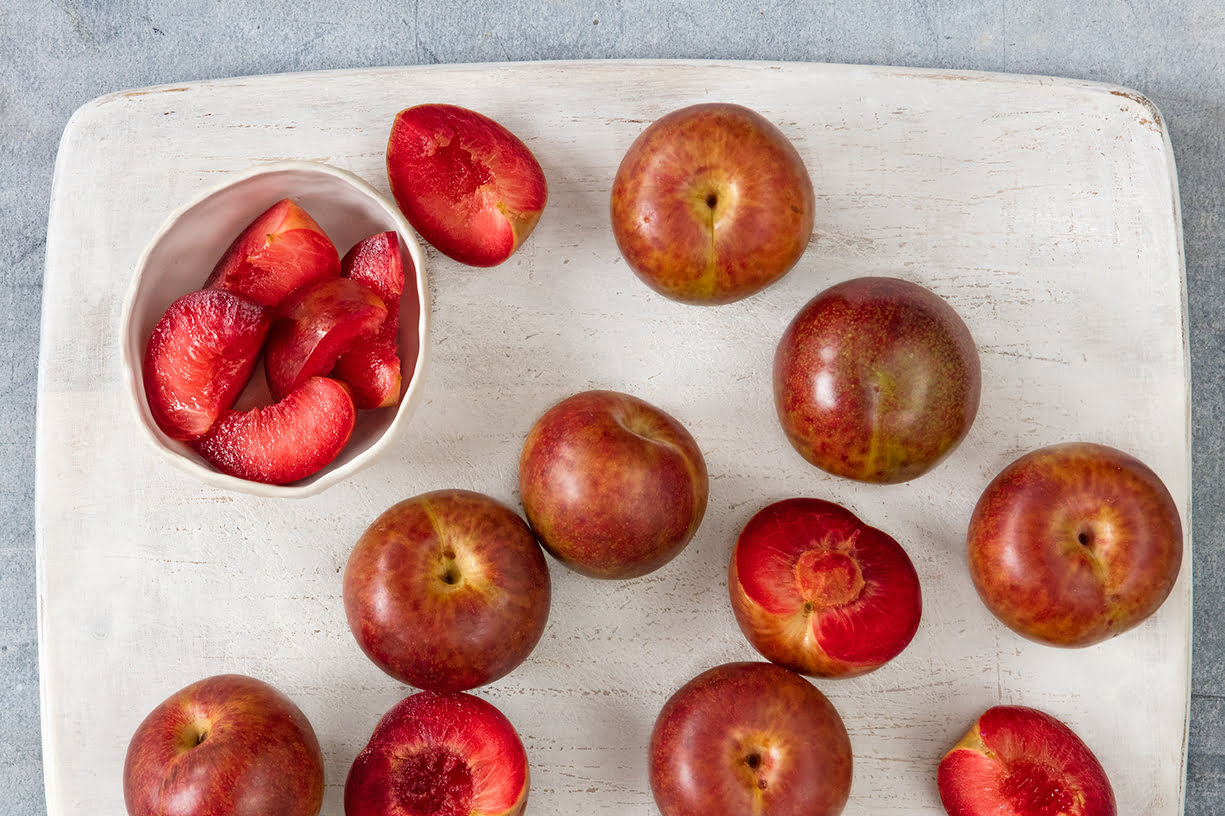

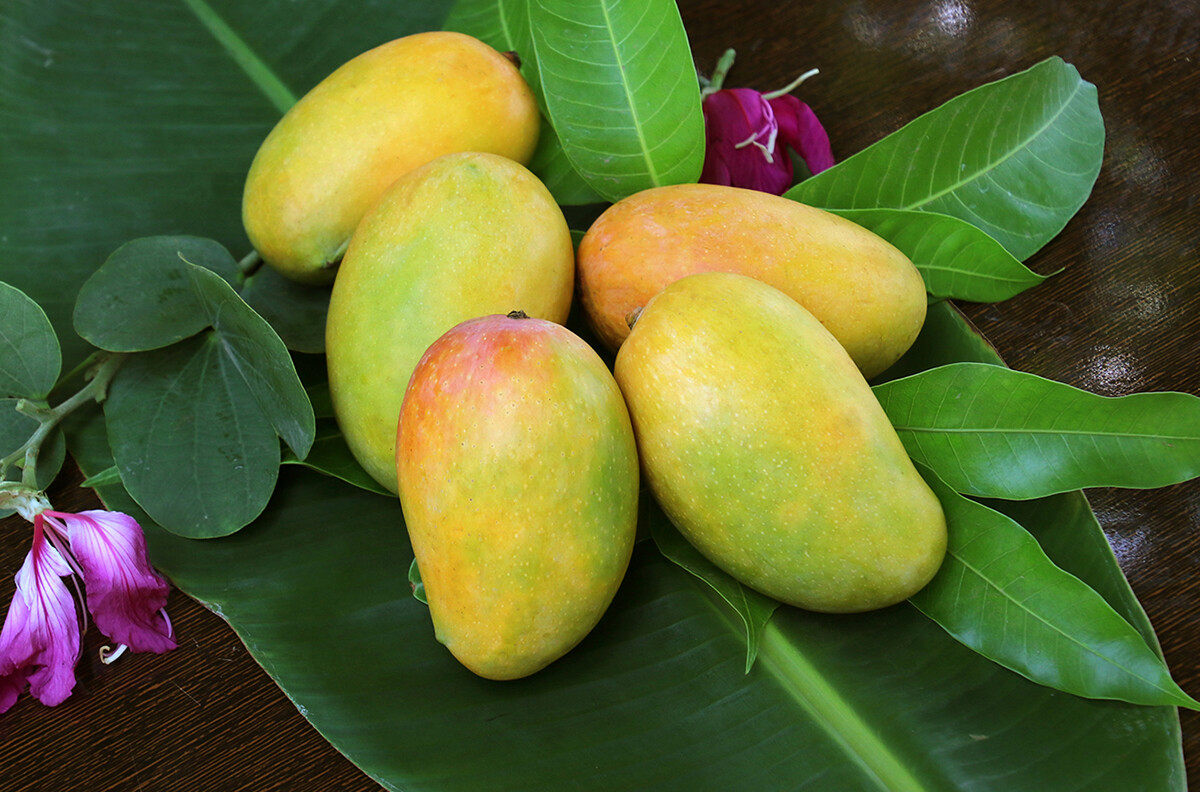

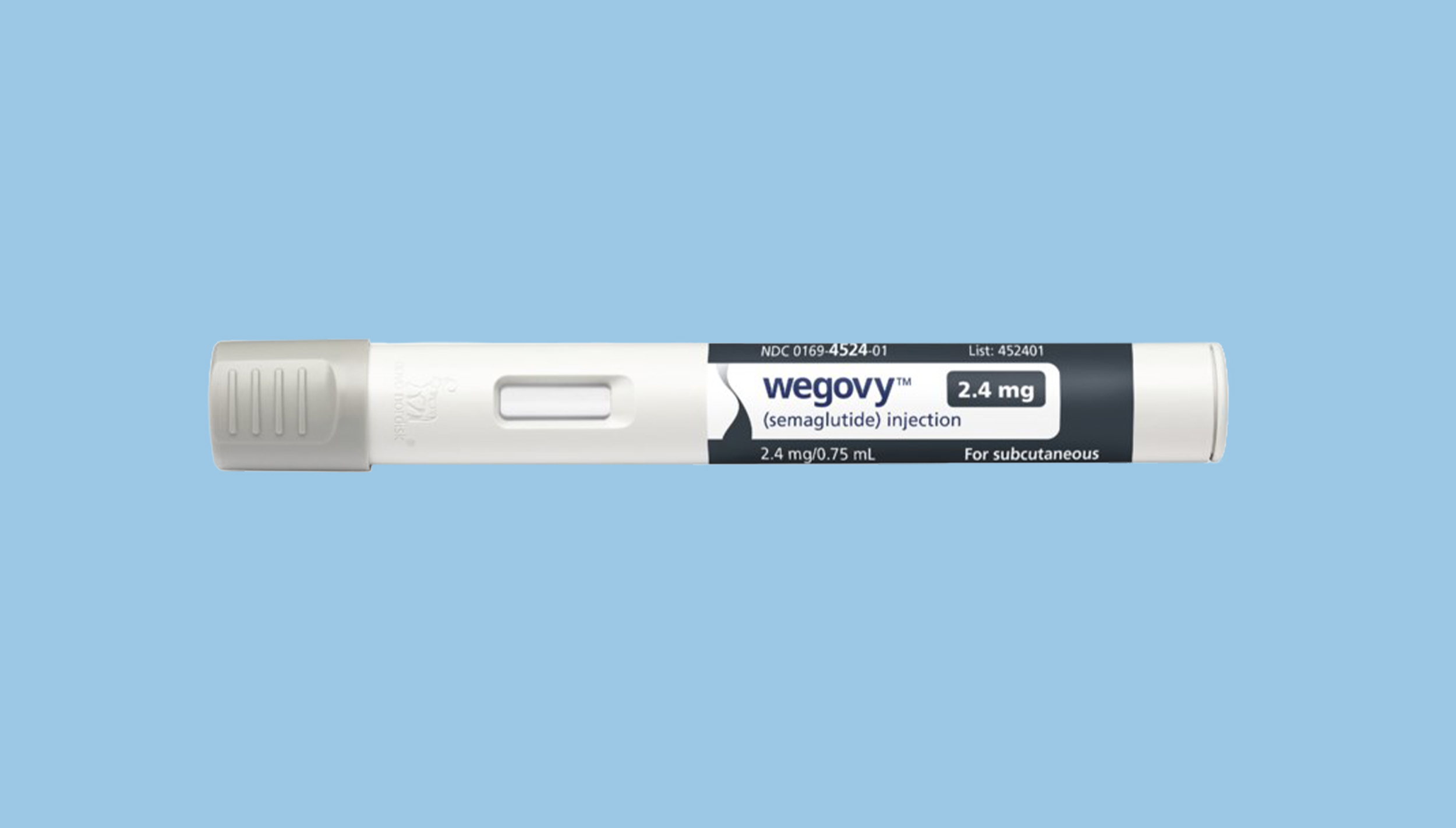


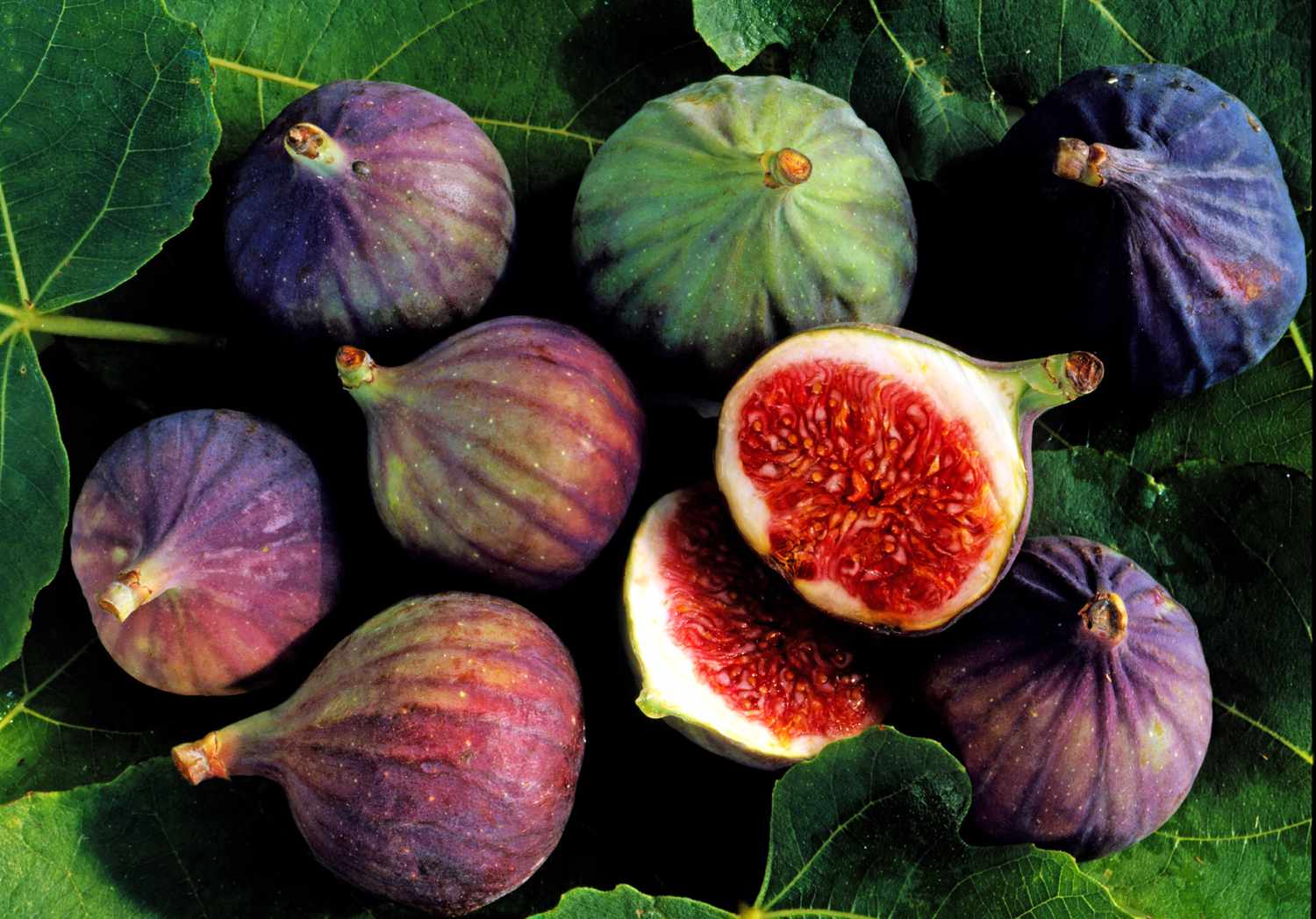



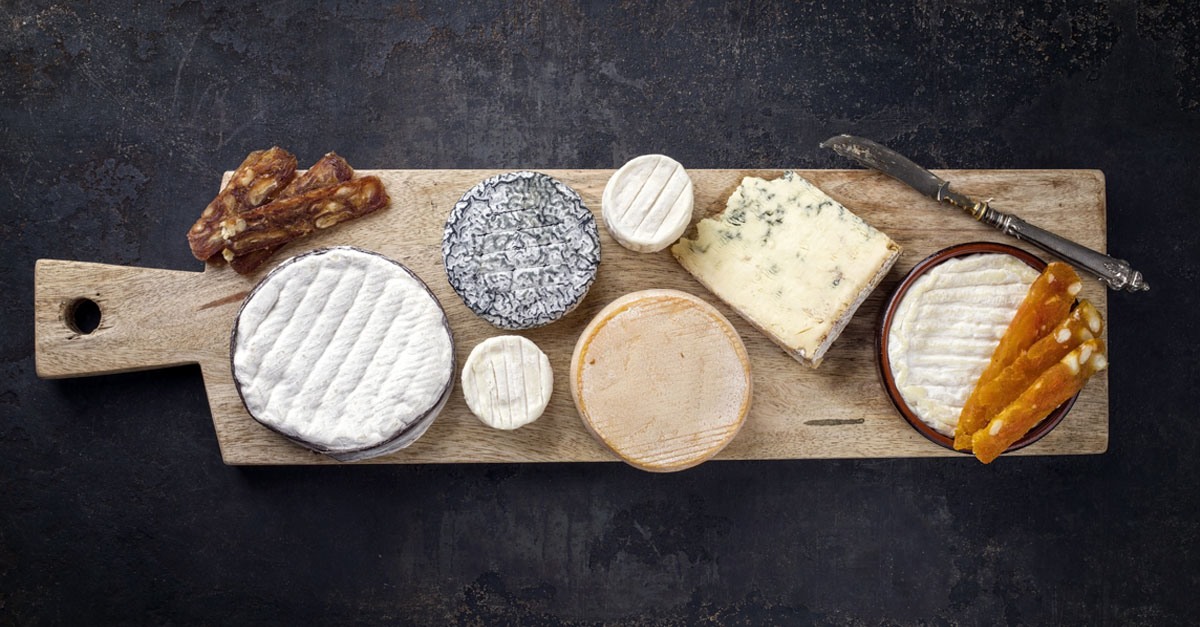

0 thoughts on “How To Store Hazelnuts”